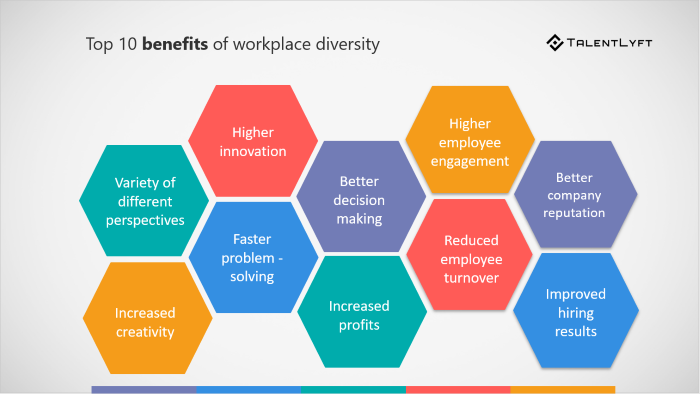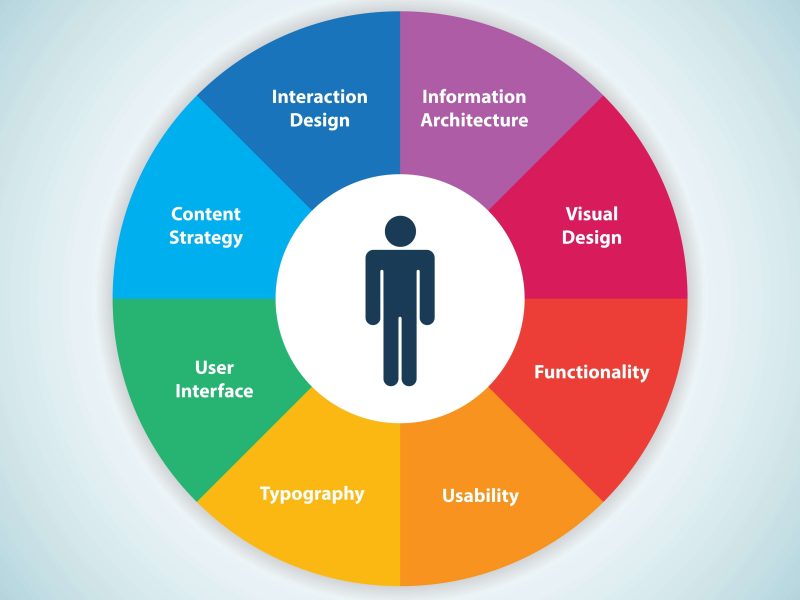Diversity and inclusion have become crucial aspects of the modern workplace. Organizations around the world are recognizing the importance of creating a diverse workforce where individuals from different backgrounds and experiences can contribute their unique perspectives. This article explores the significance of diversity and inclusion in the workplace, the benefits they bring, and strategies for fostering a diverse and inclusive environment.
The Importance of Diversity
Diversity goes beyond visible differences like race, gender, and ethnicity. It also encompasses diversity of thought, experiences, and skillsets. When organizations foster diversity, they open doors to a wide range of ideas and perspectives that can lead to innovation and growth. A diverse workforce brings together individuals with different problem-solving approaches, enhancing creativity and decision-making processes.
Furthermore, diversity helps organizations understand and address the needs of diverse customer bases. By having employees who can relate to various demographics, companies can tailor products and services to meet the unique requirements of different consumer groups.
The Benefits of Diversity and Inclusion
Creating an inclusive work environment that embraces diversity comes with numerous benefits. Studies have shown that diverse teams are more likely to outperform their homogeneous counterparts. By leveraging the different perspectives and experiences of team members, organizations can find better solutions, make more informed decisions, and ultimately achieve better results.
Inclusive workplaces also promote employee engagement and retention. When individuals feel valued and respected for their unique contributions, they are more likely to be motivated, productive, and committed to the organization. This, in turn, reduces turnover rates and boosts employee satisfaction.
Strategies for Fostering Diversity and Inclusion
Organizations must actively foster diversity and inclusion rather than passively expect it to develop naturally. Here are some strategies to consider:
1. Establish a Diversity and Inclusion Policy
A formal policy sets the foundation for diversity and inclusion initiatives. The policy should outline the organization’s commitment to diversity and inclusion and provide guidelines for fostering an inclusive workplace. It should emphasize the importance of fair and equal treatment for all employees and address any discriminatory behaviors.
2. Educate and Train Employees
Offer diversity and inclusion training programs to educate employees on the importance of embracing diversity and challenging unconscious biases. These programs can help raise awareness, improve intercultural communication, and promote respectful behavior among colleagues.
3. Implement Diverse Recruitment Strategies
Aim to attract a diverse pool of candidates by using various recruitment channels, promoting job opportunities where diverse communities are present, and partnering with diversity-focused organizations. Review recruitment processes to ensure they are fair, objective, and free from biases.
4. Foster Inclusive Leadership
Leaders play a crucial role in fostering diversity and inclusion. Ensure that leaders are trained in inclusive leadership practices and lead by example to establish an inclusive culture throughout the organization. Encourage leaders to actively listen to different perspectives and involve diverse voices in decision-making processes.
5. Create Employee Resource Groups
Employee resource groups (ERGs) provide a platform for employees with shared characteristics or interests to connect, support each other, and contribute to the organization’s diversity and inclusion efforts. Encourage the formation of ERGs and support their initiatives, such as events, mentoring programs, and networking opportunities.
6. Review and Update Policies and Practices
Regularly review and update HR policies and practices to ensure they are inclusive and accommodate the needs of diverse employees. This may include areas such as flexible work arrangements, family leave policies, and accommodation for individuals with disabilities.
Conclusion
Diversity and inclusion are essential for fostering a thriving and innovative workplace. By embracing diversity and creating an inclusive culture, organizations can reap the benefits of diverse thinking, enhanced decision-making, improved employee engagement, and a competitive advantage in the market.


